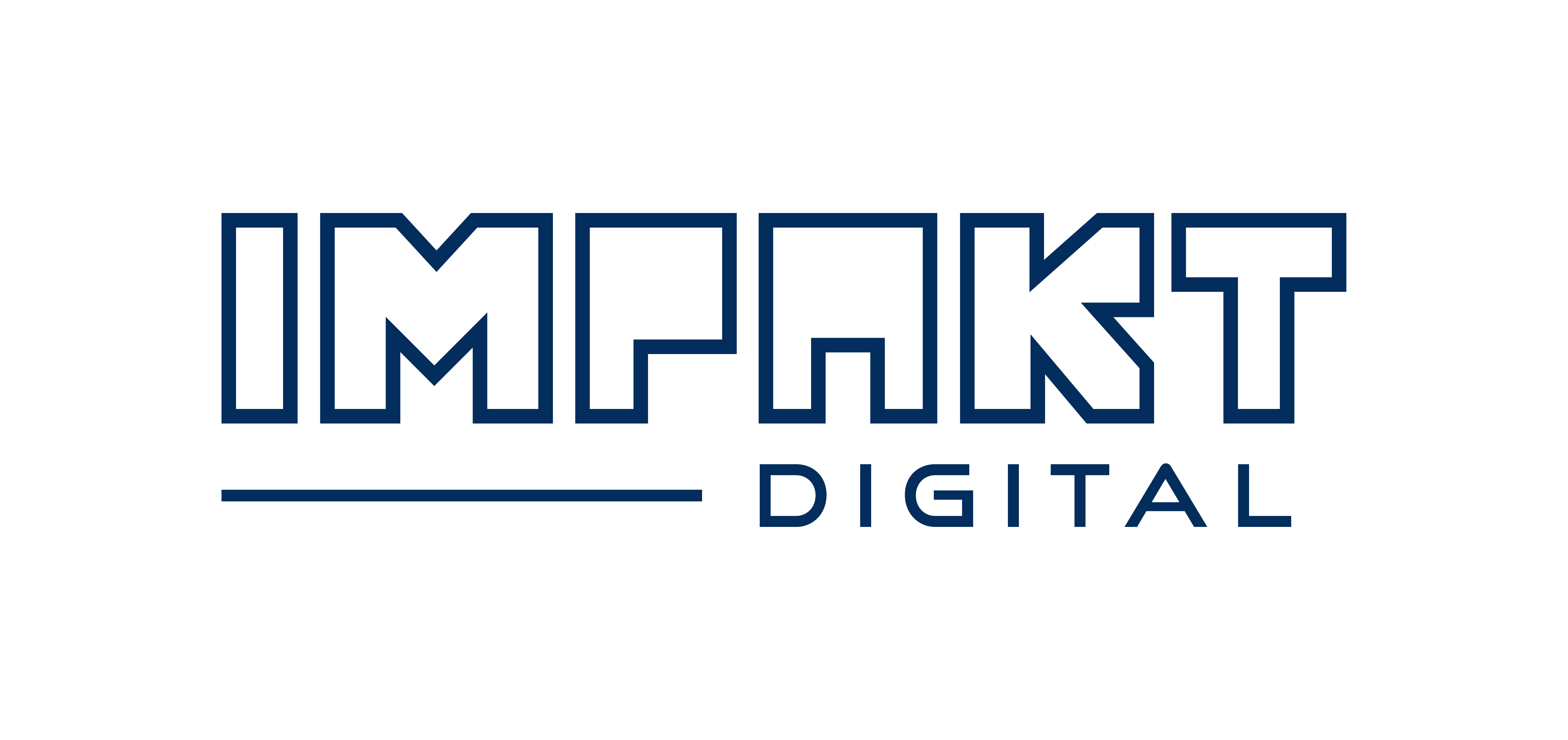
In today’s digital landscape, where online visibility holds paramount importance, mastering SEO rich text becomes a crucial skill for content creators, business owners and marketers.
Understanding and implementing the right strategies can significantly impact your content’s performance, search engine rankings, and overall online presence.
In this comprehensive guide, we’ll delve into the world of SEO-rich text, exploring its definition, types, benefits, best practices, and common mistakes to avoid.
Quick Overview
SEO-rich text refers to content that is optimized for search engines to improve visibility and ranking in search engine results pages (SERPs). It involves incorporating keywords, phrases, and related terms strategically while maintaining high-quality, engaging, and informative content for users.
Key features of SEO-rich text include:
- Keyword Optimization: Naturally using primary and secondary keywords without overstuffing.
- Readability: Structuring content with proper headings, bullet points, and concise paragraphs.
- Relevance: Providing valuable information that directly answers users’ queries.
- Metadata Optimization: Including optimized meta descriptions, titles, and alt text for images.
SEO-rich text balances technical optimization with user-focused content to enhance online visibility and user experience.
What is SEO Rich Text?
SEO-rich text refers to the strategic creation of content that is optimized for search engines. This involves incorporating relevant keywords, structuring content for readability and user experience, and adhering to SEO best practices. The goal of SEO-rich text is to increase visibility on search engine results pages (SERPs) and attract organic traffic.
Types of SEO-Rich Text
1. Blog Posts
Blog posts are a staple in content marketing. They provide a platform for sharing insights, tips, news, and engaging with audiences. Optimizing blog posts for SEO involves:
- Conducting keyword research to identify relevant topics and keywords.
- Including keywords naturally throughout the content, including titles, headings, and meta descriptions.
- Creating high-quality, valuable content that addresses user queries and provides solutions.
- Using engaging visuals like images, infographics, and videos to enhance readability and user experience.
- Promoting blog posts through social media, email marketing, and other channels to drive traffic and engagement.
2. Product Descriptions
Product descriptions play a crucial role in e-commerce websites. Optimizing product descriptions for SEO involves:
- Using descriptive and compelling language to highlight product features, benefits, and unique selling points.
- Incorporating relevant keywords that potential customers are likely to search for.
- Providing accurate and detailed information about the product, including specifications, dimensions, and usage instructions.
- Optimizing product images with descriptive alt text, file names, and captions for improved visibility in image search results.
- Encouraging user reviews and testimonials to build trust and credibility.
3. Landing Page Content
Landing pages are designed to convert visitors into leads or customers. Optimizing landing page content for SEO involves:
- Creating clear and concise headlines, subheadings, and CTAs (Call-to-Actions) that align with user intent.
- Using keywords strategically in meta titles, meta descriptions, and on-page content to improve search engine visibility.
- Designing landing pages for mobile responsiveness and fast loading times to enhance user experience.
- A/B testing different elements such as headlines, images, and CTAs to optimize conversion rates.
- Monitoring landing page performance metrics such as bounce rate, conversion rate, and dwell time to identify areas for improvement.
4. Articles and Guides
Articles and guides provide in-depth information on specific topics. Optimizing articles and guides for SEO involves:
- Conducting comprehensive keyword research to identify long-tail keywords and search queries.
- Structuring content with clear headings, subheadings, and bullet points for readability and organization.
- Incorporating internal links to relevant pages within the website to improve navigation and SEO.
- Including multimedia elements such as images, videos, and embedded content to enhance engagement.
- Updating and repurposing existing articles and guides based on user feedback and changing trends to maintain relevance.
Benefits of SEO-Rich Text
Improved Search Engine Rankings
SEO-rich text can boost your website’s visibility on search engines, leading to higher rankings and increased organic traffic. By optimizing content with relevant keywords, meta tags, and backlinks, you can improve your website’s authority and relevance in search results.
Enhanced User Experience
SEO-rich content is not just about keywords; it’s also about creating valuable, user-friendly content that meets the needs of your audience. By focusing on readability, clarity, and engagement, you can enhance the overall user experience and encourage repeat visits and engagement.
Increased Organic Traffic
Organic traffic refers to visitors who find your website through unpaid search results. By optimizing your content for SEO, you can attract more organic traffic from search engines like Google, Bing, and Yahoo. This can result in a steady stream of qualified leads and potential customers.
Higher Conversion Rates
SEO-rich content is designed to not only attract visitors but also convert them into customers or leads. By aligning your content with user intent, addressing pain points, and providing valuable solutions, you can increase conversion rates and drive business growth.
Best Practices for Creating SEO-Rich Text
Keyword Research
Conduct thorough keyword research to identify relevant keywords and phrases that your target audience is searching for. Use tools like Google Keyword Planner, SEMrush, and Ahrefs to discover keyword opportunities and search volume.
Content Creation
Create high-quality, valuable content that addresses user needs, provides solutions, and adds value. Focus on writing engaging headlines, clear introductions, informative body content, and compelling CTAs (Call-to-Actions) to encourage user interaction.
On-Page Optimization
Optimize on-page elements such as meta titles, meta descriptions, headings, and image alt text with relevant keywords. Use descriptive URLs, internal links, and structured data markup (schema.org) to enhance search engine visibility and crawlability.
Mobile Optimization
Ensure your website and content are mobile-friendly and responsive across devices. Optimize page loading speed, navigation menus, and touch-friendly elements to improve user experience on smartphones and tablets.
Technical SEO
Pay attention to technical SEO aspects such as site speed, SSL security, XML sitemaps, and robots.txt files. Fix crawl errors, broken links, and duplicate content issues to improve search engine indexing and ranking.
Content Promotion
Promote your SEO-rich content through social media, email marketing, influencer outreach, and guest blogging. Encourage social sharing, backlinks, and user engagement to boost visibility and authority.
Related Reading – Why Local SEO is Important for Small Businesses?
Common Mistakes to Avoid in SEO-Rich Text
Keyword Stuffing
Avoid overusing keywords in your content, as this can lead to a poor user experience and potential penalties from search engines. Focus on using keywords naturally and contextually within your content.
Ignoring User Intent
Always consider the intent behind user searches when creating content. Address user queries, provide relevant information, and offer solutions that meet user needs and expectations.
Neglecting Mobile Optimization
With the increasing use of mobile devices for browsing, ensure your website and content are optimized for mobile users. Test your website on different devices, screen sizes, and browsers to ensure a seamless user experience.
Not Monitoring Performance
Regularly monitor the performance of your SEO-rich content using tools like Google Analytics, Google Search Console, and third-party SEO platforms. Track key metrics such as organic traffic, keyword rankings, bounce rate, and conversion rate to identify areas for improvement.
Recent Developments
Google has recently implemented several updates to enhance the quality and relevance of content in search results. Notable developments include:
Helpful Content Update (August 2022): This update aims to reward content that provides a satisfying user experience, emphasizing the importance of original, user-focused material.
AI Overviews (2024): Introduced as part of the Search Generative Experience (SGE), AI Overviews generate concise summaries in response to search queries, highlighting the need for clear and informative content.
These changes indicate that Google prioritizes content that is original, user-centric, and provides clear, informative answers to user queries.
Frequently Asked Questions
What is SEO-rich text?
SEO-rich text refers to content that is strategically optimized for search engines while maintaining readability and user engagement. It involves techniques like keyword integration, structured data markup, and high-quality content creation to improve search visibility and attract organic traffic.
What are SEO-rich results?
SEO-rich results, also known as rich snippets or enhanced search results, are search engine results pages (SERP) listings that include additional information beyond the standard title, URL, and meta description. These enhanced results may feature star ratings, product prices, images, FAQs, and more, making them more visually appealing and informative for users.
What are snippets in SEO?
Snippets in SEO refer to the short snippets of text that appear in search engine results pages (SERPs) beneath the title and URL of a webpage. These snippets provide a brief preview of the page’s content and are designed to entice users to click through to the website.
Do rich snippets improve SEO?
Yes, rich snippets can improve SEO by enhancing the visibility and click-through rates of your search engine listings. Rich snippets provide additional information and visual elements that make your listings stand out from competitors, leading to increased user engagement and potentially higher rankings.
Conclusion
In conclusion, mastering SEO-rich text is essential for achieving digital marketing success. By understanding the types, benefits, best practices, and common mistakes to avoid, you can create content that not only ranks well on search engines but also engages and converts your target audience.
At Impakt Digital, we specialize in making, managing, and marketing websites for small businesses. As a cutting-edge website design and digital marketing agency, we are dedicated to helping small businesses thrive. Focusing on innovation, sustainability, and exceptional client service, we provide digital solutions tailored to our client’s unique needs, ensuring they stand out above their competition. Partner with Impakt Digital today and take your online presence to new heights!




